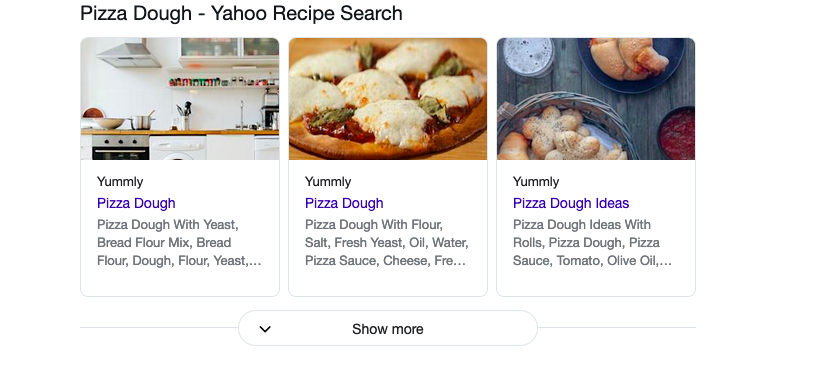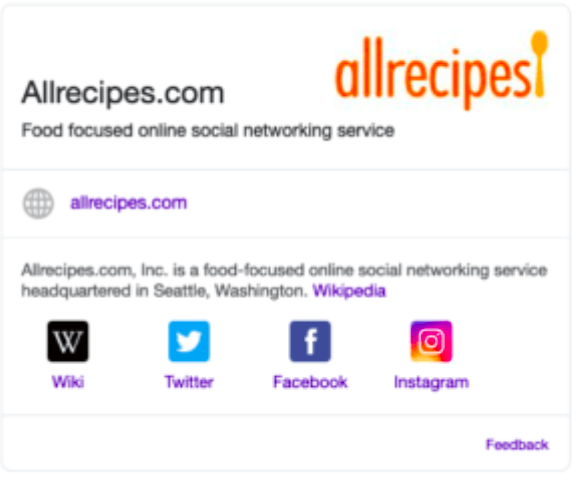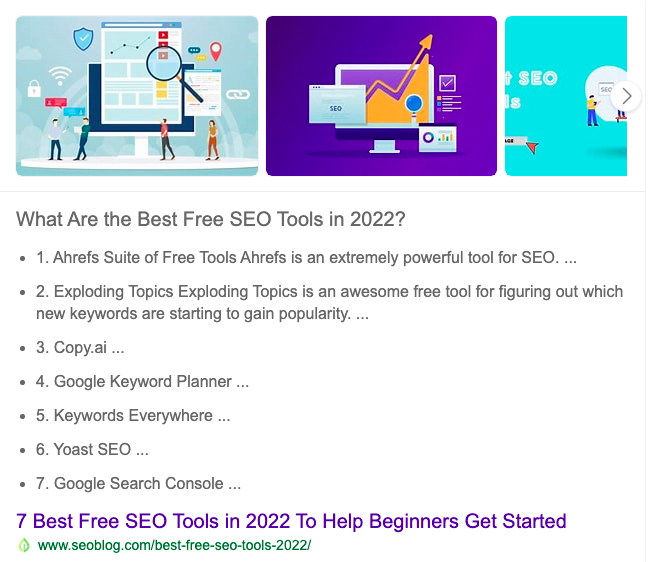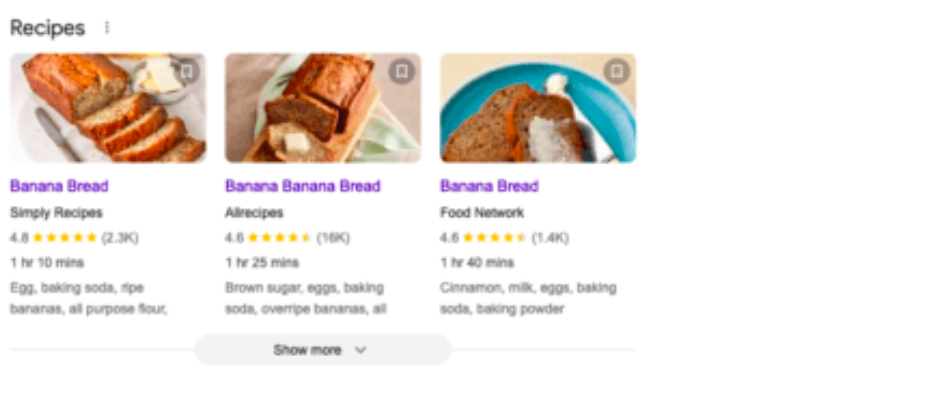What Is Target Search Intent?
I am sure many of us have heard the term search intent many times and it might be hard to count.
The problem?
Most of us don’t have any idea what it means.
Or maybe you do, but it’s vague and hard to wrap your mind around.
I mean, exactly what is search intent and why should you target it?
Why is it important to SEO?
And if it’s that essential to your success in the online business world, what are the practical steps you can take to achieve it?
This post may contain affiliate links which means we may receive a commission from purchases made through links. We only recommend products we rank as well rated and we can personally used: Learn more on our Private Policy page
If you’re asking these questions, then you must read on to learn more about this unique and important subject matter.

What Will You Learn About Search Intent?
In this blog, we’ll give you a simple, detailed explanation of Search Intent, including:
- Why it’s important
- 4 types of search intent you need to be aware of
- How to target different types of search intent
- And so much more
So, let’s get ready to dive in?
If you are like me you might have typed “search intent definition” into your Google browser countless times.
And each time, you come up with something crazy and unrelated.
“Search intent (or user intent, audience intent) is the term used to describe the purpose of online search.
It’s the reason why someone conducts a specific search. After all, everyone who does an online search is hoping to find something: Source Google.Com“
After reading this your head might be spinning.
“What?” you wonder. “What exactly does that definition mean?”
Ok, let us go into a simple explanation.
Imagine that you want to know how to make a Banana Bread.
So you hop on to Google and type “banana bread” into the search bar.
When you click “enter,” you get something like this.
Check out this easy recipe book
Hmm Is This Nice!
You wanted to learn how to make a banana bread, and now you have a bunch of recipe options to follow.
Are you happy?
Of course.
You searched “banana bread” with the intention to make a bread, and when you searched Google, you found exactly what you were looking for.
Now, let’s say you searched “banana bread loaf” and got a bunch of articles on the history of bread loafs.
Would you be happy?
NO!
You’d be annoyed and frustrated, clicking “back” on all these blogs until you found a decent recipe.
Unsatisfying Search Intent
That’s an example of search intent that’s not satisfying your search requirements.
So, why is all this important?
Let’s get into some details
Want to learn more about SEO and Search Intent?.
Why Is Search Intent Important?
The most important reason is that your SEO could totally fail if you don’t satisfy it.
If you are fortunate maybe you’ve got your SEO strategy set.
You did your homework and have got your keywords to target, your backlink strategy, and your technical SEO all down.
But you should know this.
If you don’t satisfy search intent, you’ll fail to achieve your business goal.
Why?
Because search intent is an important ranking factor.

According to Joshua Harwick @ahrefs.com
“Search intent is perhaps the most important ranking factor”
In other words, fail to satisfy search intent, and you’ll get little to no chance of ranking on the first page of Google.
That’s because when a searcher lands on your blog and finds out it’s not what they are looking for, they’ll hit the back button so fast.
And if a ton of people click “back” without spending time on your page, Google will notice and decide you’re not worth ranking highly.
So, the nightmare begins.
You do everything right, but find yourself on the last page of Google…
…simply because you failed to satisfy one important SEO factor (search intent).
You might be saying YIKES! That is not fare.
But it doesn’t have to be that way.
Because there is a saving grace as there are ways to discover search intent so you never again miss the mark and find yourself far behind your competitors in ranking game.
First, you need to know about the four types of search intent.
Search Intent #1: (Informational Intent)
I bet you already know what this looks like.
“How to start a blog.”
“Weather tomorrow.”
“The top 10 best winter vacation locations for the holidays.”
People who search using these long-tail keywords are looking for information.
I know what you are thinking but No, they probably don’t want to buy anything.
They’re not looking to compare brands or find the best product in the market.
They simply want to learn something, whether that’s how to start a blog site or what SEO tools are the best for beginners.
Here’s another example of a long-term keyword with informational intent:
“How to make pizza dough.”
And here are the results on page #1 of Google for this keyword.

Source:Google.Com
Do these results satisfy the search intent?
Yup, you bet your last dollar they do.
Search Intent #2 (Navigational Search)
Let us imagine that you open up your web browser.
You land on Google’s homepage, then decide you want to check your Facebook notifications.
So you type “Facebook” into the search field.
If you ever did this, you already know about navigational search intent.
That’s right.
Navigational search intent happens when people search for a specific website or place.
For example: Allrecipes.
Type it into Google’s search field, and you’ll immediately get this.

Search Intent #3 (Transactional Search Intent)
This is the fun part.
This is the part where user is looking for something to actually buy.
Here are some examples of transactional search intent.
“Buy iPhone.”
“Men Winter boots for sale.”
“Buy books online.”
Let’s try searching using one of these terms, and find out what results we get.

Source:Google.Com
Do you think this will satisfy the user search intent?
I think so and there should be no complains here.
Search Intent #4 (Commercial Investigation)
Most people who search with commercial investigation intent want to buy something in the future…
…but they’re not 100% sure yet.
So they do research and lots of homework.
They search for the best brands out there especially if it is a high-price item.
They compare brands against each other.
They read reviews etc.
Here are some examples of commercial investigation search intent.
“Best miter saw.”
“Best dishwasher”
“Apple vs PC.”
“SEMrush review.”
Let’s go on and search using one of these keywords.

I must admit that the results is satisfying—Cool!
So, How to Determine Search Intent in 2 Easy Steps

We get it, maybe you’re thinking, “That’s easy! Search intent is a piece of cake, and satisfying it will be super easy to do.”
Not so fast cowboy!
Because the truth is, search intent can be totally unclear sometimes.
There will be times when you won’t be sure whether people want to learn, buy, or investigate.
For example, take the keyword “SEO tools.” or “Apple Computer”
Do people want a list of the best SEO tools out there?
Or do they want to buy an SEO tool right now?
It’s hard to guess what is on people’s mind.
But here are two simple steps for making search intent easier to determine.
Step #1: Take Note of the Words Used
Most of the time, search intent can be determined by the terms or words that people use when they searching.
For instance, if they use the word “buy” or “for sale,” it’s most likely a transactional search intent.
On the other hand, if they use words like “how,” “guide,” or “tutorial,” it’s probably an informational search intent.
Of course, this method isn’t always perfect.
So, to make sure you optimize your content properly for search intent, make sure to target your blogs to match the type of users you want to get there attention. Use key words like “How To” in your topic and headers.
Step #2: Spy on the SERPs
Not sure of the search intent for a certain keyword?
Go to the SERPs.
This is a foolproof way to know exactly what people are searching for (a.k.a. what Google is rewarding).
So, let’s say you’re not sure of the search intent for “SEO tools.”
This keyword doesn’t contain words like “buy,” “comparison,” or “guide.”
It also doesn’t contain any navigational words like brand names.
Don’t be confused, though.
All you need to do is to hop onto Google and type the keyword into the search field.
Let’s go for “SEO tools.”
Here’s what you get:

Here we go!
The top results are full of blogs listing SEO tools.
Which means, Google rewarded these blogs for doing things right.
So, the keyword “SEO tools” has informational search intent, and people go online to learn about the top best SEO tools out there.
Remember, when things get confusing, you can always go to the SERPs to check what’s ranking.
If Google rewards a certain intent, you can assume it’s the one users are targeting.
Also, and on a side note if you need to have a good SEO Checklist tool that can guide you with the detail steps and procedures you can check out SEO-Buddy which we highly recommend for beginners.
The Basics of Search Intent

The most important question out there: What is search intent?
Maybe you’re asking this everyday.
You know your technical and On-Page SEO are almost perfect.
You’ve got your keywords down to the last T.
But, you’ve heard how important search intent is, and that you need to satisfy it to be successful on Google.
Let us tell you this.
Search intent is what everything is all about in the Blog World.
In fact, we can be bold enough to say that satisfying search intent is Google’s #1 goal.
Why?
Because that’s what it’s all about, isn’t it?
People go online to search for something and not to waste time.
Google wants to live up to its name as the most popular search engine out there, so they do their best as a company to make people happy with what they find.
It’s really that simple.
And yes, reading your audience’s mind is difficult and can be a full-time job.
But, if you follow the steps above and learn the four kinds of search intent plus mastering the art of spying on the SERP results for clues on what the search intent for a given keyword is…
..Then you are on your way to make things happen for your Blog.





